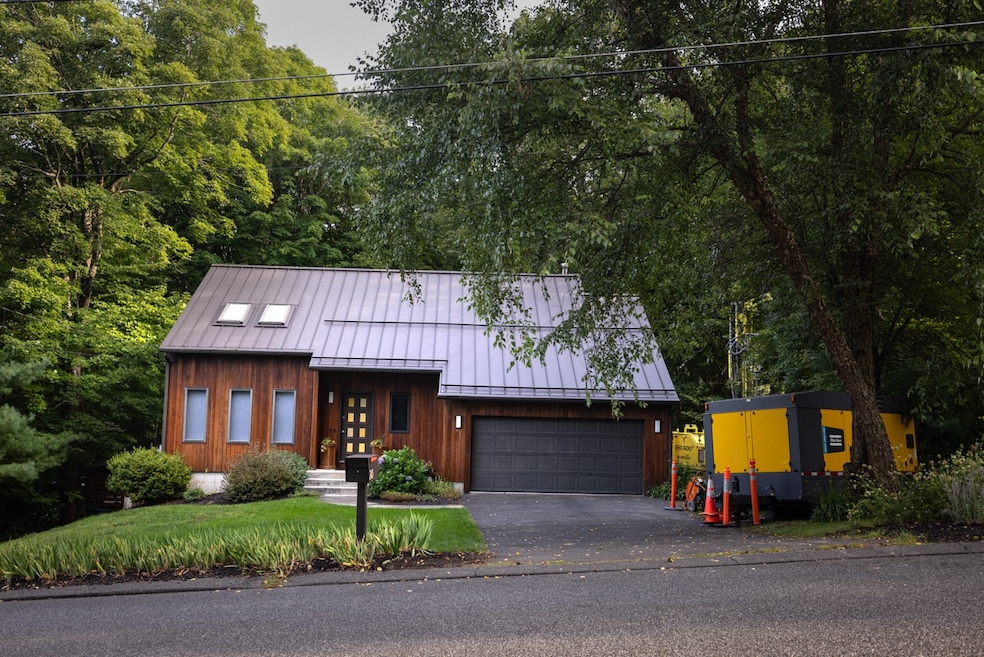Lennar plans to deploy geothermal heat pumps to 1,500 new Colorado homes by the end of 2026 in one of the largest U.S. residential projects using the alternative energy source.
The Miami-based homebuilder has partnered with geothermal company Dandelion Energy to install the pumps, which Lennar said will drive down utility costs and electrify heating and cooling for buyers in the greater Denver metro area.
Geothermal energy works by absorbing the Earth's latent heat through a drilled well and a buried pipe loop filled with water and antifreeze. When the mixture moves down to the Earth, it absorbs the heat — about 60 degrees consistently, according to Dandelion — and brings it back up to the home. It also works in reverse for cooling.
“The Earth, effectively, is a year-round battery storing the heat from the sun deep below our feet,” Dandelion CEO Daniel Yates said in an interview.
The geothermal approach aims to replace common heating and cooling sources such as natural gas. Each home in the Denver-area project will have an individual well.
Lennar is one of the first national builders to embrace geothermal energy as real estate firms look to build electrified homes. A development outside Austin, Texas, from Taurus Investment Holdings called Whisper Valley plans for 7,500 homes powered by geothermal and solar energy by 2032.
If Lennar accomplishes its 1,500 goal by the end of next year, the partnership with Dandelion will be the largest U.S. residential deployment using geothermal so far.
Energy source is garnering federal support
The energy source is gaining federal attention with the Trump administration explicitly supporting geothermal in President Trump’s National Energy Emergency executive order and Secretary of Energy Chris Wright deeming geothermal the department’s prime focus area.
Several states and nearly 100 municipalities have enacted goals or requirements for geothermal heat pumps as a heating and cooling source in new buildings to achieve energy efficiency, according to the nonprofit Rocky Mountain Institute. New York, Massachusetts, Maine, and California plan to install millions of heat pumps within the next five years, while even more states encourage heat pump installation, such as Oregon, Maryland, and New Jersey.

Traditional air-source heat pumps are the most common choice currently for heating and cooling, though homeowners have been critical of their ability to regulate temperatures. Yates argues that’s not a concern with geothermal heat pumps, which don’t require a backup energy source.
“The Earth under your house is typically around 60 degrees, depending on where you are in the country, but that’s plenty warm to suck heat out of in the winter because you’re able to concentrate the heat with the refrigeration cycle, so you can get the house up to 80 degrees if you wanted,” he said.
Geothermal is finally “going mainstream,” he said, thanks to federal and local incentives that help developers and builders pencil out the initially high installation costs.
Typically, a geothermal system retrofit would cost between $45,000 and $60,000, said Yates. However, with incentives from Colorado, partnerships with utility companies, and the collaboration with Lennar, the price of these geothermal installations is roughly 70% less. This helps Lennar offer the new homes at a typical market price, rather than marked up to offset the geothermal cost.
Yates says Dandelion is in talks with homebuilders across the country for more geothermal-powered homes.
“This project is proof positive that geothermal is going mainstream and has arrived at a level where it can be mainstream,” said Yates.
